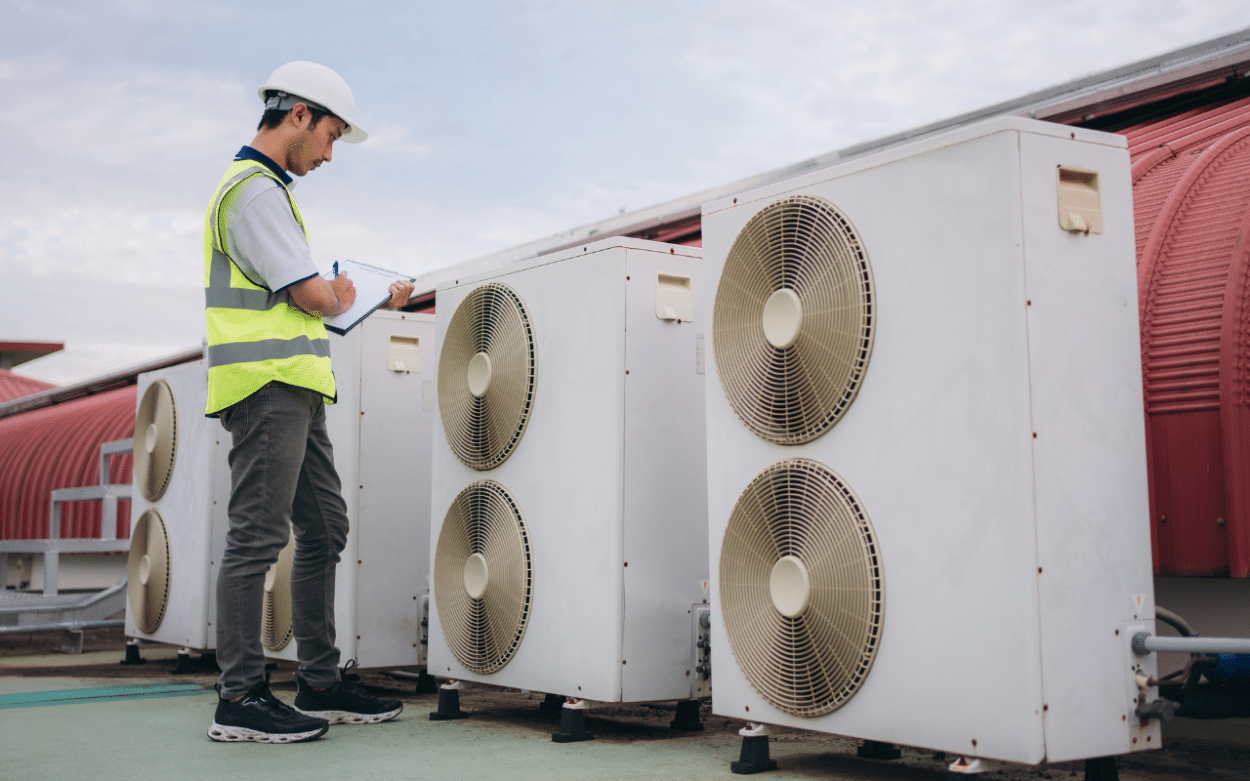
Industrial cooling systems are vital for maintaining optimum temperatures in various business environments. The right cooling fan is essential for any business that regulates temperature, be it manufacturing, warehousing or other sectors. It will increase comfort, productivity and overall health. The right industrial fan can help prolong the lifespan of equipment and machinery by preventing them from overheating.
This article will discuss the key elements to consider when buying the ideal industrial fan for your company.
1. Comprehend Your Cooling Needs
Prior to selecting an industrial cooler, you must first understand your company’s cooling requirements. Different facilities will have different cooling needs. You should consider factors like space size, temperature, ventilation, and airflow.
- Facility Type: Larger facilities, like factories and warehouses, require larger cooling fans. A small office or retail space may not require as powerful a fan.
- Airflow Calculations: Calculate the amount of airflow needed based on your room’s volume. Airflow is usually measured in cubic feet per minute (CFM), which indicates how much air the fan can move per minute. CFM ratings are higher in large spaces.
- Temperature and humidity levels: Selecting a fan for your business that can handle hot or humid environments can be challenging. Industrial fans can be used in situations with high humidity levels or temperatures. These fans are specially designed to deliver consistent airflow, even under extreme conditions.
2. Types of Industrial Cooling Fans
Industrial cooling fans are available in various types, each designed for a particular application. Knowing the differences can help you make an educated choice.
- Axial Fans: These fans provide excellent ventilation for large, open spaces. These fans operate by drawing in air through the centre of their fan and expelling it outwards. Axial fans can be used to cool large rooms or warehouses at a low cost.
- Centrifugal Fans: Due to their powerful airflow, centrifugal fans are commonly used in places that require high pressures or specific airflow. They are great for places with complex airflow requirements, like factories with heavy machines or areas with specific ventilation needs.
- Ventilated Wall Fans: These fans are most suitable for areas where floor space is limited, but ventilation still needs to be done.
- Fans with High Velocity: These fans have been designed to deliver a targeted, smaller airflow. You can use them to direct cool air into specific areas of your company. They are great for cooling down sensitive machinery or equipment.
3. Energy Efficiency
Energy efficiency should be considered when selecting an industrial fan. A significant amount of your business’s operational expenses may be related to energy prices, and opting for an energy-efficient fan can ultimately save you money.
- Energy-Efficient motors: Look for fans with energy-efficient motors. They will consume less power and provide the same amount of airflow. Modern fans are often more efficient because they use brushless DC Motors or Inverter Technology.
- Control Variable Speed: Many industrial fans are equipped with a variable speed control. This allows the user to control the airflow according to the desired temperature, thus reducing energy consumption at cooler times.
4. Noise Levels
Although most industrial fans are designed for power, noise can be an issue, especially in workplaces that need a quieter setting. Choosing a fan that operates quietly can improve employees’ comfort and productivity.
- Noise Rates: Check the decibel ratings for the fans you are interested in. A fan with a lower decibel rating will be quieter and still provide good cooling.
- Design: Fans with well-designed blades and motor housings are quieter. When noise is a problem, choose models that are specifically designed for office settings or low noise.
Conclusion
Consider factors such as facility size and airflow requirements. Also, consider energy efficiency. When you evaluate these aspects, you will be able to select a fan that meets your cooling needs while also fitting within your budget. This will help create a comfortable and productive environment. Suppose you need to cool a large manufacturing floor or a warehouse. In that case, the correct fan will ensure that the airflow is sufficient to keep the working environment optimal and protect the health of employees and equipment.








